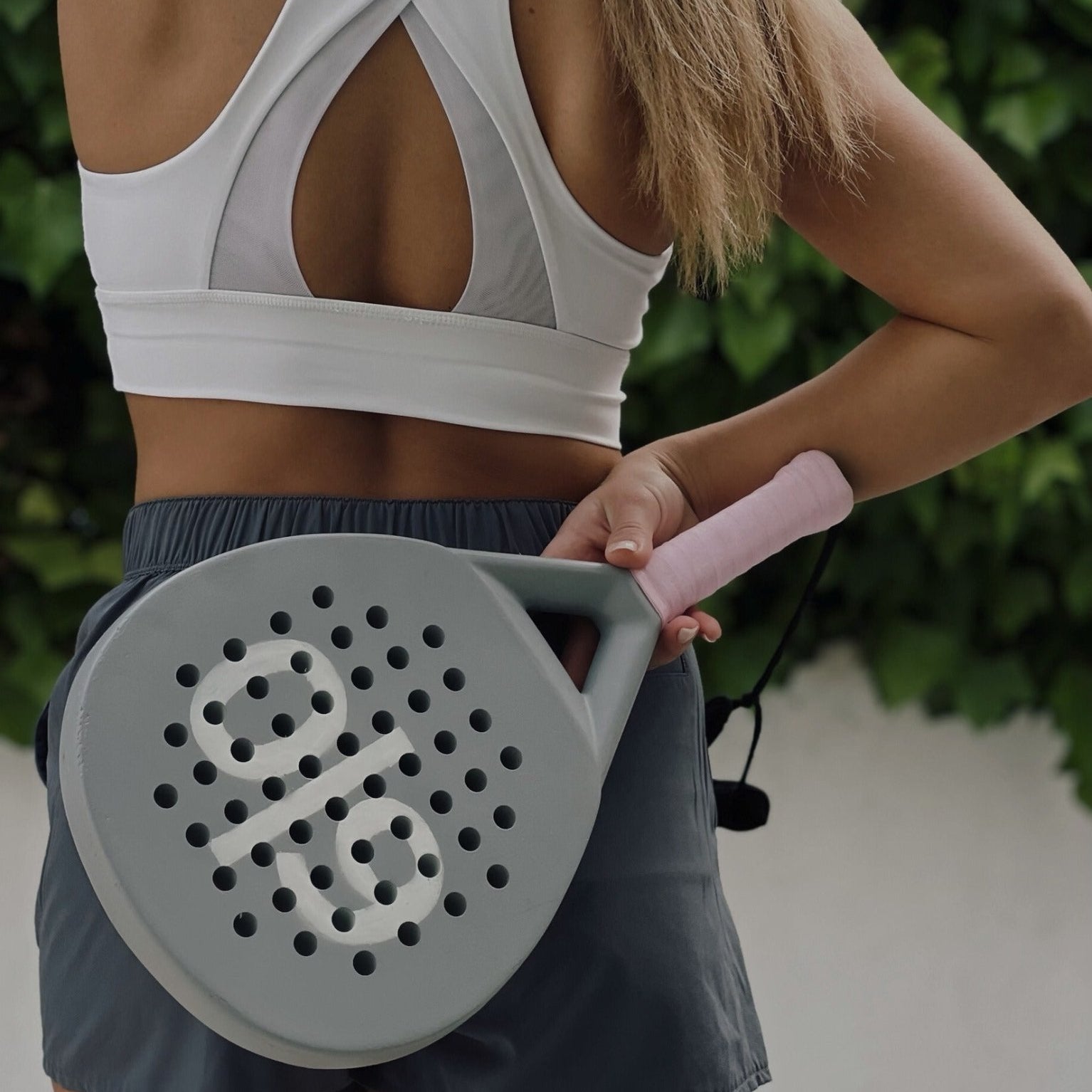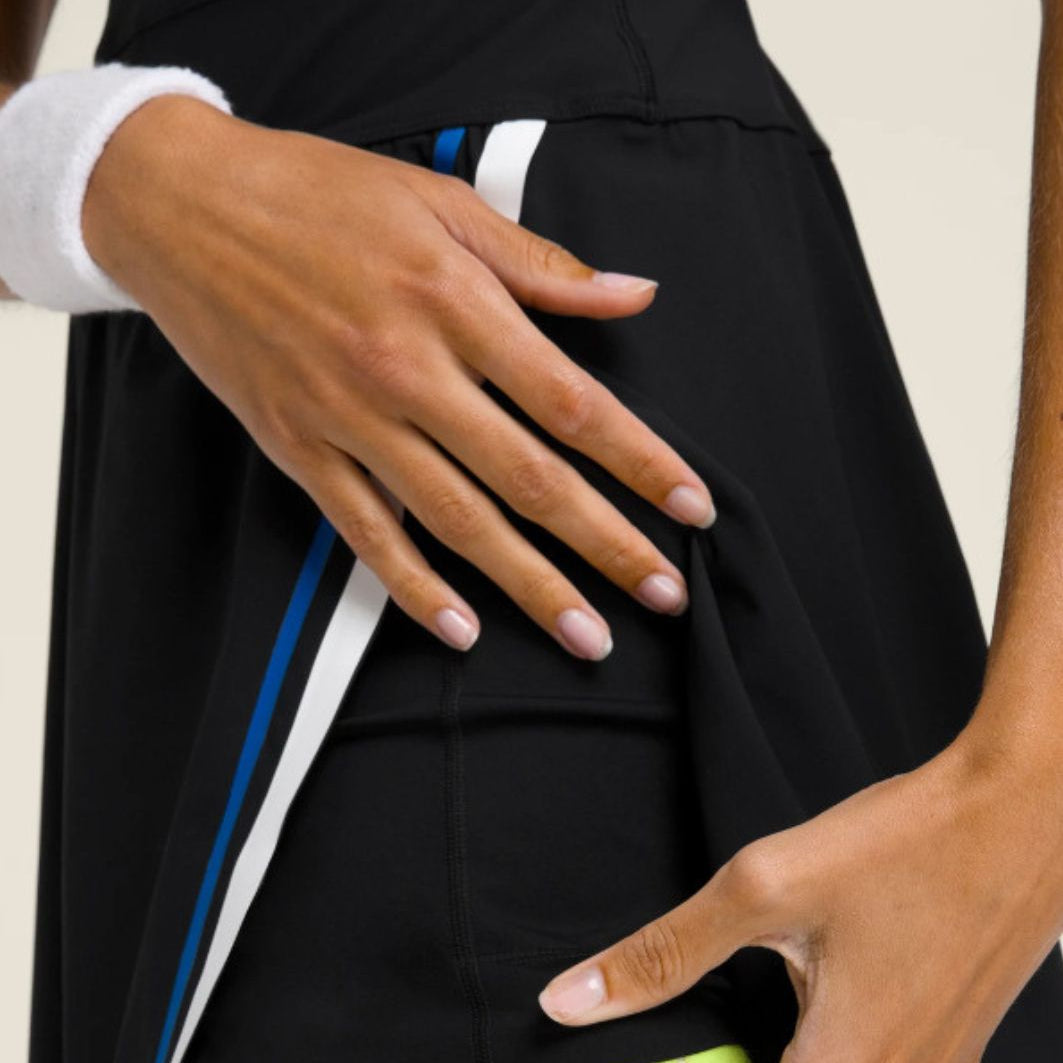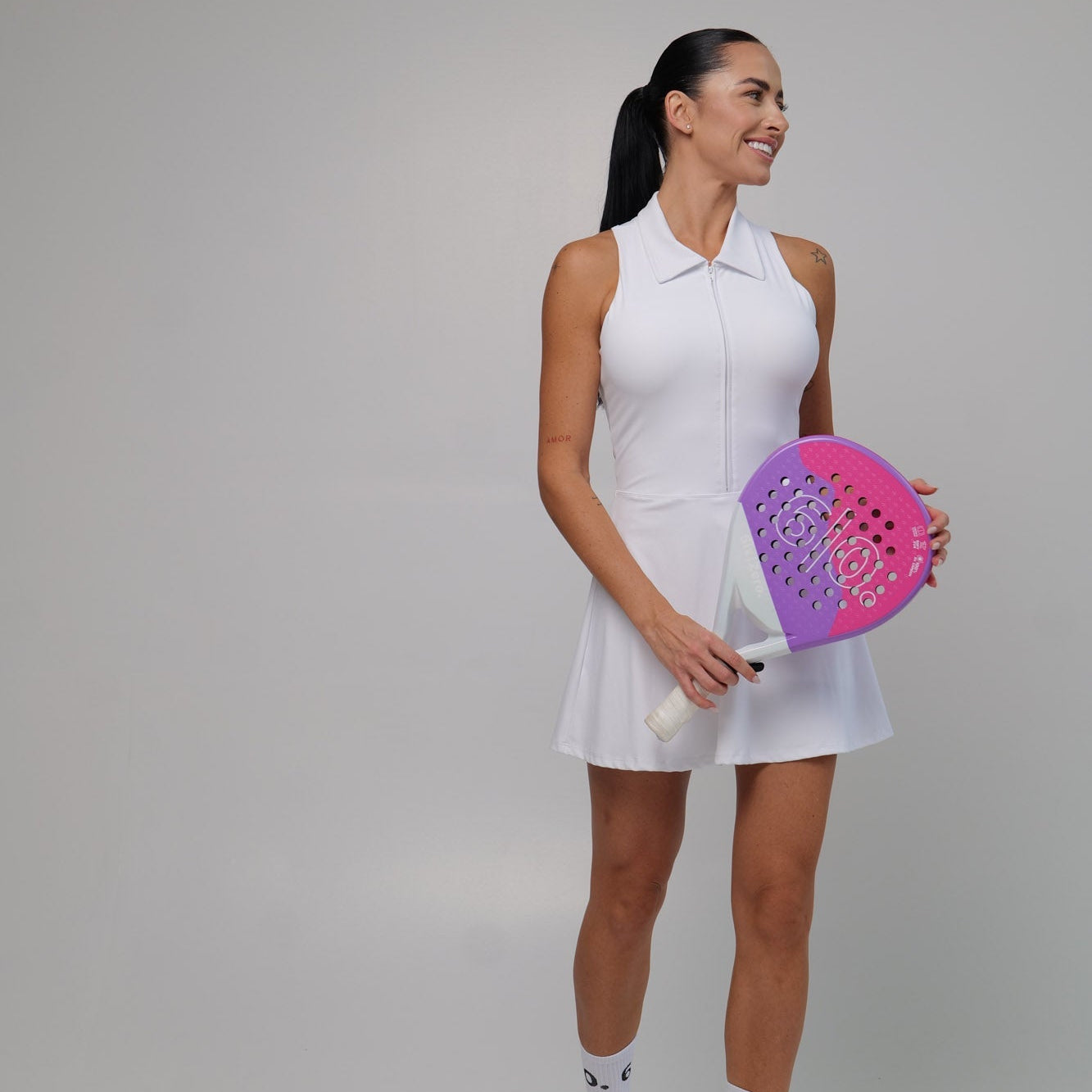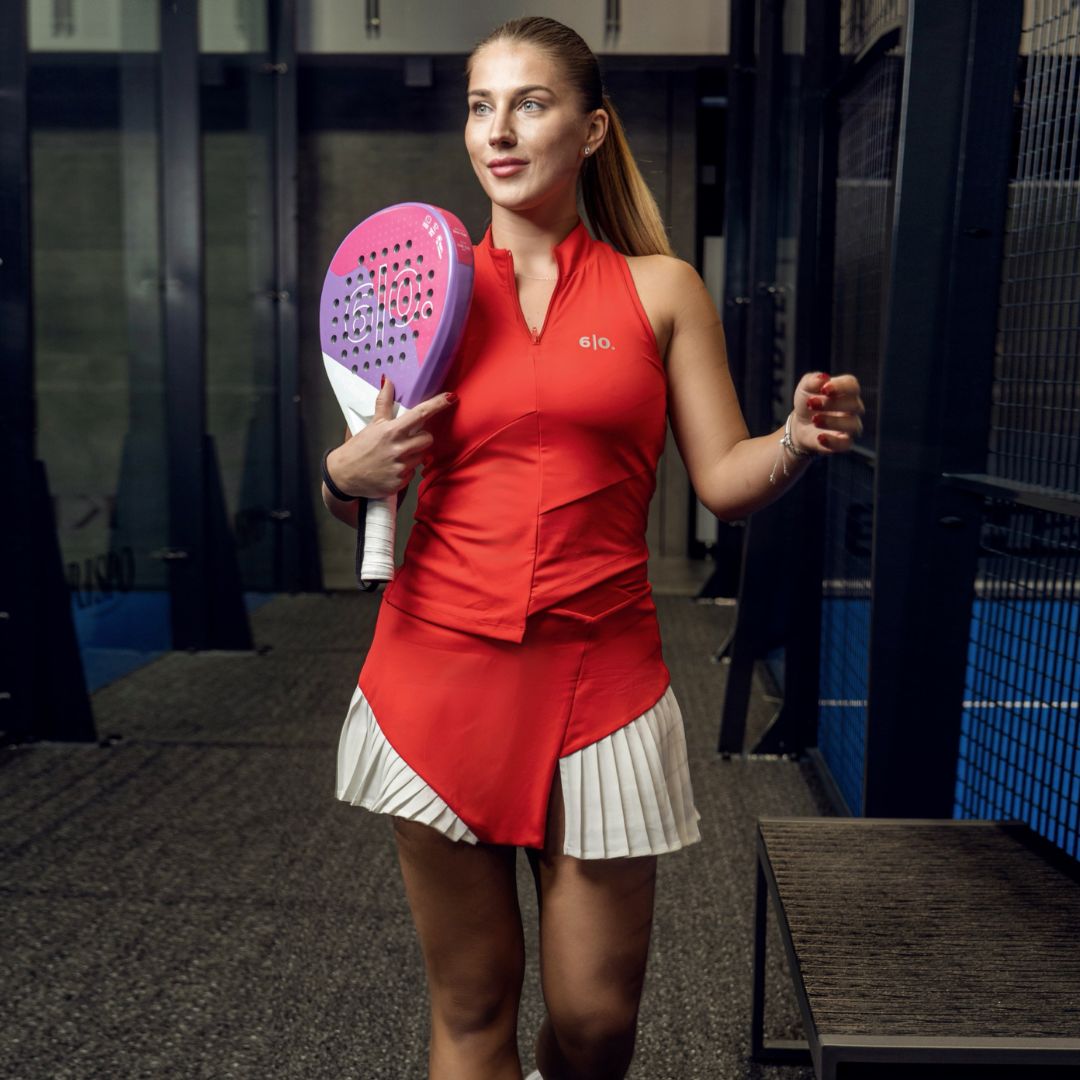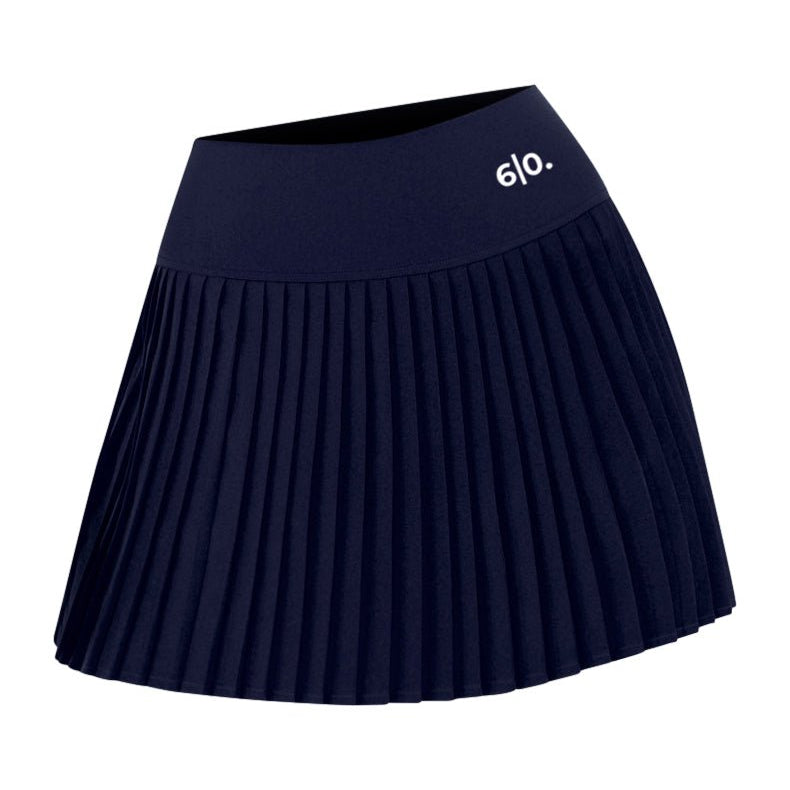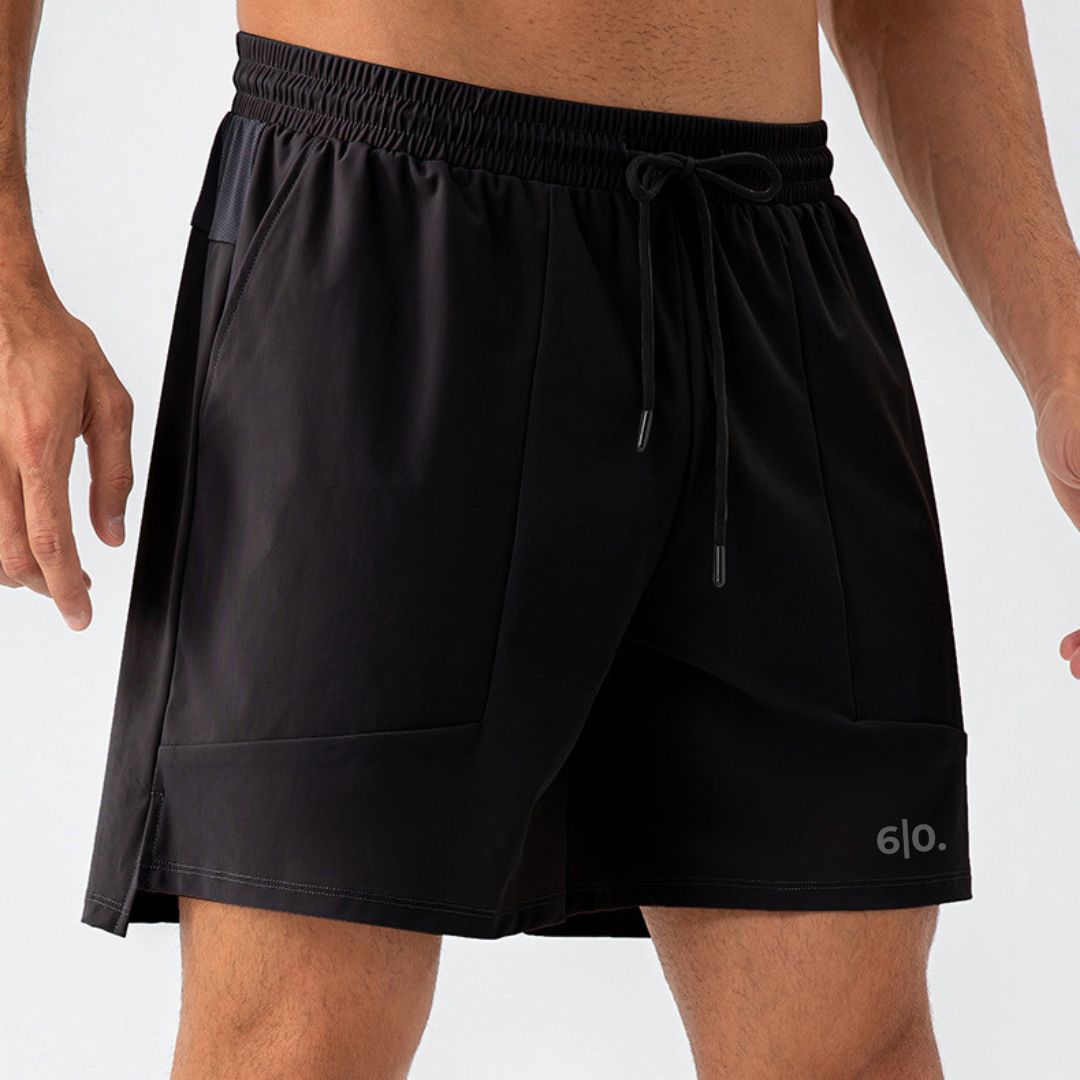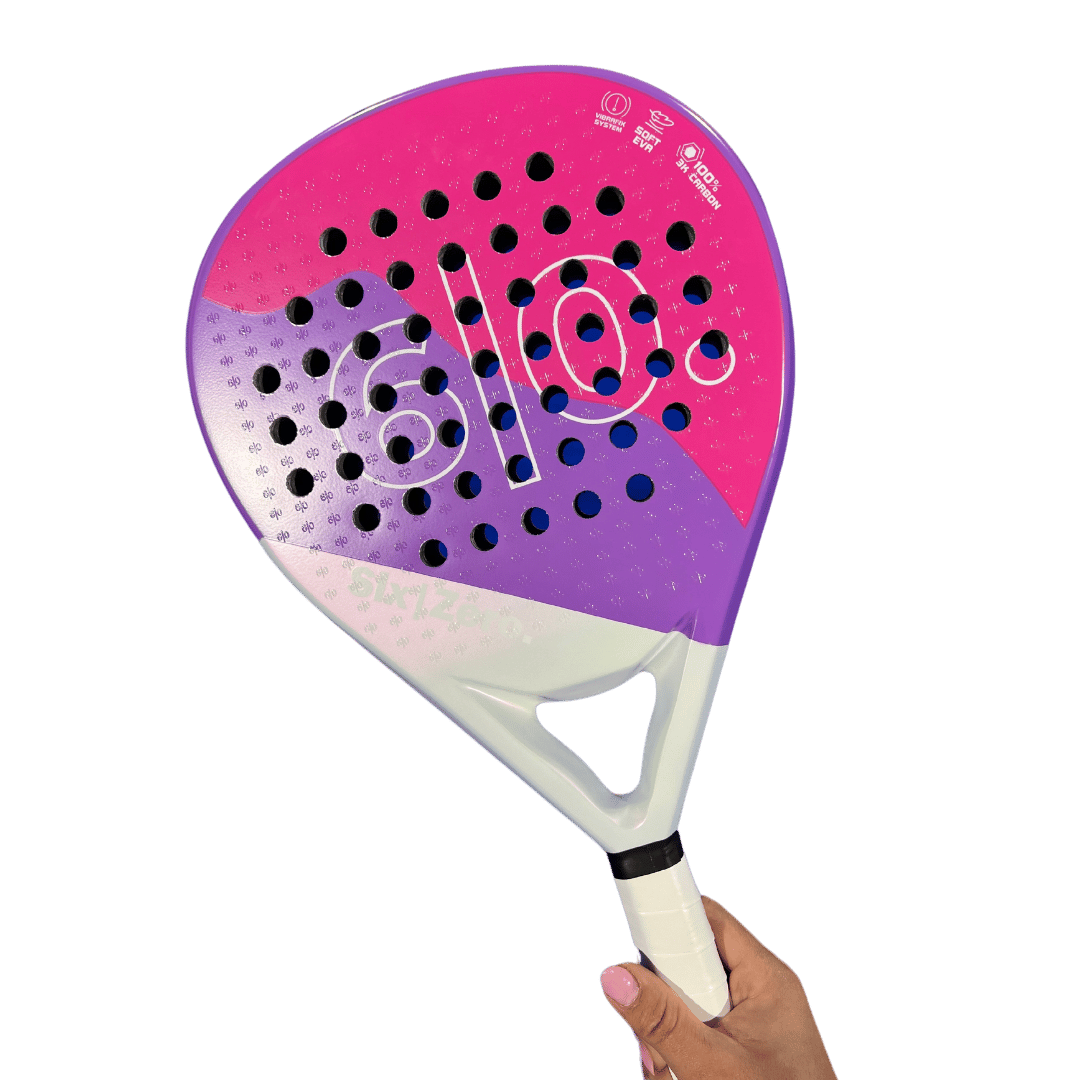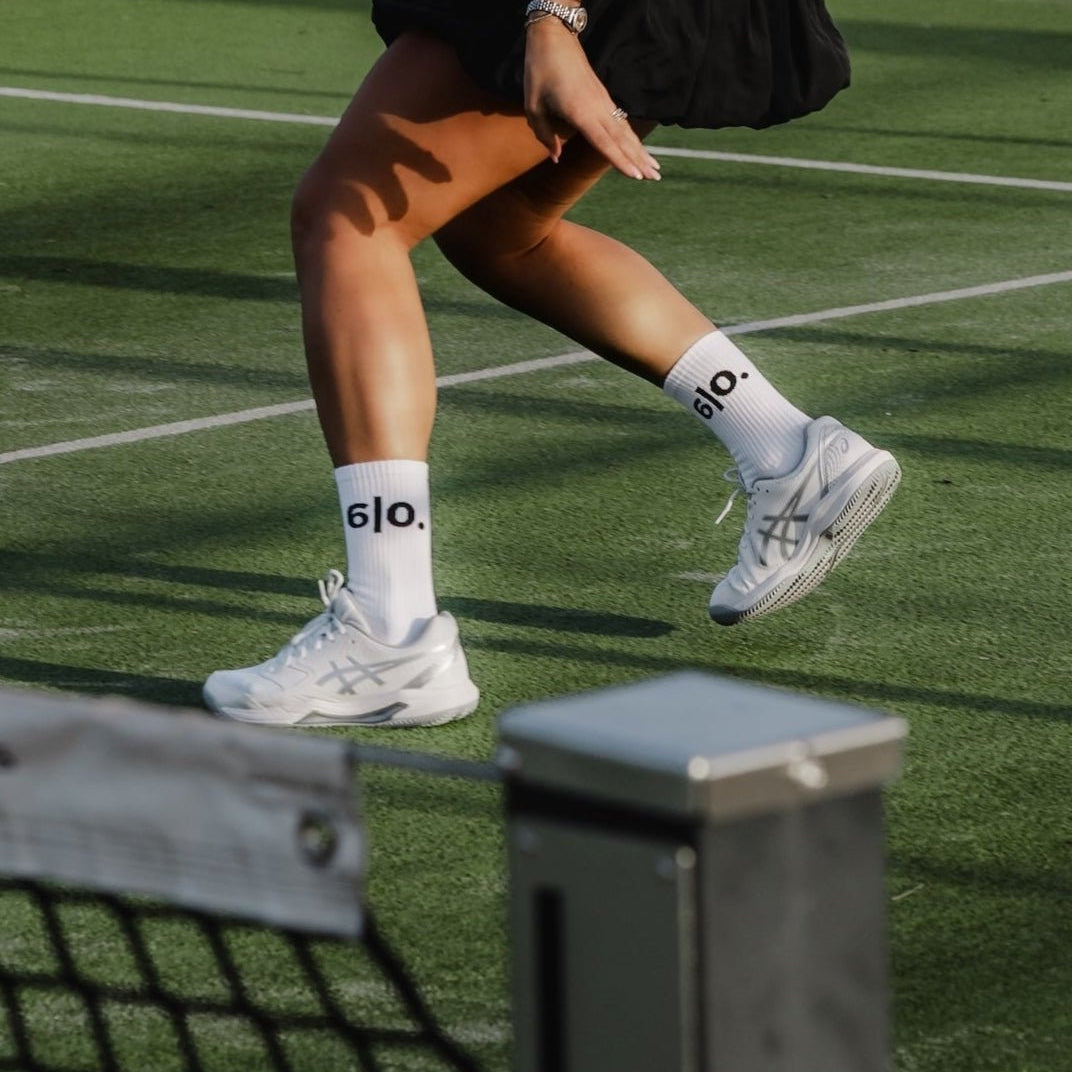In padel, your serve isn't just the shot that starts the point—it's your first tactical weapon. Unlike tennis where power dominates, the padel serve requires finesse, placement, and strategy to create advantages. A well-executed serve can force weak returns, create immediate pressure, and set the tone for the entire rally. Whether you're just picking up a racket or looking to elevate your game at the club level, your service game can be the difference between frustrating losses and consistent victories.
In this comprehensive guide, you'll discover the essential rules governing the padel serve, proper technique breakdowns, tactical placement strategies, effective practice drills, and advanced tips to take your serve to the next level. Let's transform this often-overlooked shot into one of your greatest strengths on the court.
Understanding the basics of the padel serve
Mastering fundamental padel serve technique is essential before attempting advanced variations. The unique rules and execution requirements make this shot different from serves in most other racquet sports.
The Underhand Serve: Rules & Fundamentals
Unlike tennis, padel requires an underhand serve with the ball struck below waist height.
According to the International Padel Federation, the server must stand behind the service line with both feet on the ground. The ball must be dropped (not tossed) and hit below waist level before bouncing. Your serve must land in the diagonal service box, and you get two attempts before a double fault is called.
The underhand padel serve requires precision rather than power. This fundamental difference shapes everything about serve strategy in the sport—focusing on placement and spin rather than overwhelming speed.
Grip Selection & Stance
The continental grip (also called the "hammer grip") provides the ideal balance of control and versatility for serving. Hold your racket as if you're hammering a nail, with your knuckles diagonally across the handle.
This grip facilitates natural wrist action for generating spin without changing your hand position.
For proper stance, position yourself behind the service line with feet shoulder-width apart.
Your front foot (opposite your hitting arm) should point toward the service area diagonally across the court. Keep your weight balanced with knees slightly bent to allow for smooth weight transfer during the serve motion.
Serve types and techniques
Developing a repertoire of different serve types keeps your opponents guessing and prevents them from settling into a comfortable return position.
Flat Serve – Consistency & Precision
The flat serve is your foundation—focusing on clean contact and directional control. To execute it, drop the ball slightly forward of your front foot and strike it with a neutral racket face. Make contact with the center of your strings while driving forward and slightly upward.
This serve works best when aiming for precise targets like the corners of the service box or when you need maximum reliability under pressure. Top players use flat serves when they want predictable bounces that allow them to follow a specific tactical plan for the point.
Slice Serve – Creating Unpredictable Bounces
The slice is perhaps the most effective serve variation in padel.
alt="Action" shot="" of="" a="" right-handed="" padel="" player="" executing="" slice="" serve,="" racket="" brushing="" across="" the="" ball="" from="" high-right="" to="" low-left,="" visible="" sideways="" spin,="" vibrant="" court="" background,="" no="" identifiable="" facial="" features,="" dynamic="" motion="" blur="" for="" realism.="">
To create slice, brush the racket across the ball from high-right to low-left (for right-handers). This sideways motion imparts sidespin that causes the ball to curve in flight and skip unpredictably after bouncing.
When executed properly, a slice serve pulls the receiver wide or stays low after the bounce, creating defensive returns. Most professional players use approximately 70% slice serves during matches, especially when serving to their opponent's backhand side or targeting the glass wall.
Topspin Serve – Advanced Variation
While less common in padel than tennis, the topspin serve has specific tactical applications. To generate topspin, brush up and over the ball with a low-to-high motion.
Your racket should finish higher than where it contacted the ball.
Topspin serves bounce higher and deeper, pushing opponents back from the net. They're particularly effective against players who like to poach aggressively after the return. Introduce topspin serves once you've mastered the flat and slice variations.
Body Serve – Jamming Your Opponent
The body serve aims directly at your opponent's body position—ideally at their belt buckle or between their forehand and backhand sides. This tactical serve limits their swing radius and often forces a defensive pop-up return.
Use body serves to disrupt opponents who've found rhythm on their returns or against players who tend to move early toward one side or the other. This variation works particularly well against teams with aggressive net play after the return.
Serve placement & tactical aims
In padel, strategic placement consistently outperforms raw power when serving. Understanding court geography helps create immediate advantages.
Targeting the Glass for Extra Control
Serving toward the side glass is a signature padel tactic that exploits the unique court construction.
By directing your serve toward the side wall (especially with slice), you force opponents to wait for unpredictable bounces and play awkward angles.
The glass serve creates extra decision-making time for you and your partner to establish net position. When executed with moderate pace and sufficient spin, it typically produces rushed, defensive returns that set up easy putaways.
Top players specifically target the junction where the glass meets the back wall—this creates the most challenging bounce angles for returners. Practice varying the angle of approach to the glass for maximum unpredictability.
Hitting Corners to Stretch Opponents
Targeting the deep corners of the service box forces receivers to move and stretches their positioning. This is particularly effective against opponents with limited lateral mobility or those who struggle with wide balls.
When serving to the corners, use your opponent's return tendencies to anticipate their likely shot direction. Wide serves often produce crosscourt returns, allowing you to position yourself appropriately at the net.
Mix your corner targeting between wide and deep placements to prevent receivers from anticipating your serves. This constant variation creates indecision and prevents comfortable return positioning.
Mixing Pace and Placement
Changing serve speeds disrupts your opponent's timing and rhythm. Following a series of slower, spin-heavy serves with a quicker, flatter delivery can catch receivers off-guard and generate weak returns.
Similarly, alternating between deep and short serves creates positioning challenges. Short serves that land just over the net force opponents to rush forward, often producing hurried returns that sit up for easy net attacks.
The most effective servers maintain a mental log of which combinations have worked against specific opponents, then strategically deploy these patterns at crucial points in the match.
Training drills to improve your serve
Deliberate practice under varied conditions is the fastest path to serving improvement. These padel serve drills focus on specific elements of technique and tactical implementation.
Wall Rebound Drill: Controlling Spin
Set up: Stand 3-4 meters from a plain wall. Mark three horizontal targets at different heights using tape.
- serve 10 balls with slice spin, aiming to hit the lowest target
- serve 10 balls with topspin, aiming for the middle target
- serve 10 balls with flat delivery, aiming for the highest target
Watch how each spin type affects the rebound angle and speed. This drill develops your feel for different spin applications and improves your ability to control the racket face through impact. Gradually increase difficulty by shrinking target sizes as your consistency improves.
Cross-Court Serve Challenge
Set up: Place four cones in the diagonal service box—one in each corner and two at the midpoints of the sidelines.
- attempt 5 serves to each target (20 total)
- award yourself 1 point for hitting within the service box, 3 points for hitting within 1 foot of a target
- track your scores over time to monitor improvement
This drill enhances precision and spatial awareness while simulating match conditions. As you improve, add specific spin requirements for each target or reduce the size of the target zones.
Zone Target Practice
Set up: Divide the service box into four equal quadrants using cones or tape.
- serve 10 balls to each quadrant
- maintain the same spin type throughout each set of 10
- rotate through all three spin types (flat, slice, topspin)
- record your success rate for each quadrant/spin combination
This systematic approach helps identify which serve variations need the most work while building consistent zonearget awareness. Many club players discover surprising consistency patterns that inform their match strategy.
Avoiding common serve mistakes
Serving errors frequently gift opponents free points and momentum. Identifying and correcting these issues can immediately improve your success rate.
Reducing Faults & Double Faults
The most common cause of service faults is incorrect ball drop height. Many players unconsciously toss the ball above waist level—a clear violation that observant opponents will quickly call. Practice your drop with a consistent release point at hip level.
Foot faults are another preventable error. Before serving, consciously check your foot position relative to the service line. Some players find it helpful to create a pre-serve routine that includes a specific foot placement check.
When double faults occur frequently, prioritize consistency over complexity on your second serve. Use a higher-percentage serve with moderate spin rather than attempting aggressive placements under pressure.
Footwork & Body Rotation Errors
Failing to transfer weight properly from back to front foot reduces both power and control. Practice your weight shift by exaggerating the forward step during warm-up serves until the motion feels natural.
Insufficient shoulder rotation limits your ability to generate spin and disguise direction. Film your serve from multiple angles and compare your rotation to reference videos of skilled players. Aim for approximately 45 degrees of shoulder turn when preparing to serve.
Many club players rush their serve motion when under pressure. Using a consistent pre-serve routine (like bouncing the ball twice before dropping) creates rhythm and prevents rushing. The serving motion should feel fluid and unhurried even in tight match situations.
Next-level tips: video analysis & mental prep
Advanced servers leverage technology and psychology to complement their physical technique development.
Using Video Feedback to Refine Technique
Regular video analysis accelerates improvement by providing objective feedback. Set up your smartphone on a tripod and record your serves from both side and rear angles during practice sessions. Apps like Hudl Technique allow for slow-motion analysis and side-by-side comparison with model technique.
When reviewing footage, focus on one element at a time—ball drop height, contact point, follow-through direction, or weight transfer. Make small adjustments rather than wholesale changes, and re-film after several practice sessions to track improvements.
Consider sharing your serve videos with a certified coach who can identify subtle technical issues you might miss. Many coaches now offer remote analysis services if in-person coaching isn't available.
Building a Consistent Pre-Serve Routine
Developing a service preparation routine creates confidence and consistency under pressure. Elements might include:
- 2-3 deep breaths to center yourself
- visualization of the intended serve trajectory
- subtle signal exchange with your partner to coordinate positioning
- consistent number of ball bounces before initiating the serve motion
Your pre-serve mindset significantly impacts execution quality. Rather than focusing on avoiding errors, concentrate on your target zone and the specific feel of your intended spin. This positive approach promotes confident execution rather than tentative, error-focused serving.
Many top players maintain a serving journal recording which serve patterns work best against different opponent types. This data-driven approach allows for strategic serve selection based on proven patterns rather than guesswork.
Conclusion
Developing a complete serving arsenal transforms this required shot into a genuine tactical weapon. Begin by mastering the fundamental underhand technique and rules, then progressively add spin variations, strategic placements, targeted practice drills, and mental preparation. Remember that in padel, strategic serve placement consistently outperforms raw power.
The most effective approach is implementing one new drill per practice session while maintaining focus on the basics. Within a few weeks of dedicated practice, you'll notice significantly improved consistency, more free points, and greater confidence when stepping up to serve.
The journey to serving mastery is incremental—focus on steady improvement rather than rapid transformation. With consistent application of these techniques and drills, your serve will become one of your most reliable assets on the padel court.
Frequently Asked Questions
How high should I drop the ball when serving in padel?
At or just below waist height—no toss above waist is permitted.
Which grip is best for a padel serve?
The continental (hammer) grip offers the blend of control and spin.
How do I add spin to my padel serve?
Use a brushing motion under the ball on contact: succeed with slice before adding topspin.
Why is placement more important than power in padel?
Padel rallies focus on strategic positioning: well-placed serves force weak returns and net dominance.
How often should I practice serve drills?
Aim for 15–20 minutes of focused serve practice 2–3 times weekly to build consistency.
